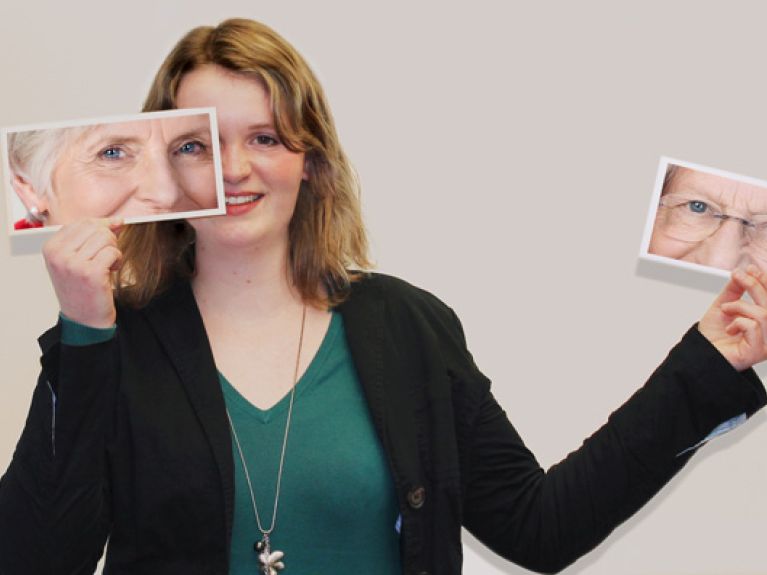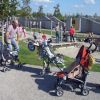Young researchers develop new ideas for a long and independent life
The Robert Bosch Foundation supports young researchers who study how public space could be designed to be age-appropriate.

Demographic change is one of the great challenges of the future for Germany. A child born today has a good chance of one day celebrating his 100th birthday. Of today’s 30-year-olds, the majority will probably reach an age over 95. Young people want to live healthy and independent lives, just as do people in the so-called “third stage of life”.
The Robert Bosch Foundation supports young researchers who study how the public environment could be designed to be age-appropriate. “Our society is aging. For many years therefore the Robert Bosch Foundation has been dealing with the many facets of aging”, says project manager Tina Stengele. “We think that all people should be able to participate in society and shape their lives.”
This includes, for example, as Yu Ogasawara has found, designing technical devices that old people can operate easily – devices with clearly readable and comprehensible symbols and intelligent and interactive surfaces. Ogasawara’s research is oriented to Japan, the positive example in terms of age and aging. Nowhere else do people live as long as they do there.
Age-appropriate public space
Currently there are eight research projects running in the project “Change Your Viewpoint International. Young Researchers Develop New Ideas for a Long and Independent Life”. In this project the Robert Bosch Foundation brings together postdocs from disciplines such as urban and regional planning, architecture, electrical engineering, information technology, nursing, industrial design, sport, kinesiology, psychology and the social sciences with international experts in aging. A nutritionist, for example, is investigating the influence of diet on the occurrence of infirmity and muscle breakdown. A sport scientist is studying the development of an electromechanical exoskeleton that can be integrated into everyday clothing and compensate for reduced mobility in walking. Another scientist is researching how older people orient themselves in urban space. Their findings will promote the age-appropriate design of streets, pavement and local transport and be used in a guide for city planners.
“Sometimes it’s little things that can make a big difference, but a city planner doesn’t know anything about them”, says Tina Stengele. Colors, signals and barrier-free access benefit not only older people, but everyone. A young person with a stroller, a suitcase or crutches is similarly restricted as an elderly man with a wheeled walker. A stranger in city is as grateful for clear orientation guides as is an older person who seldom leaves his flat.
